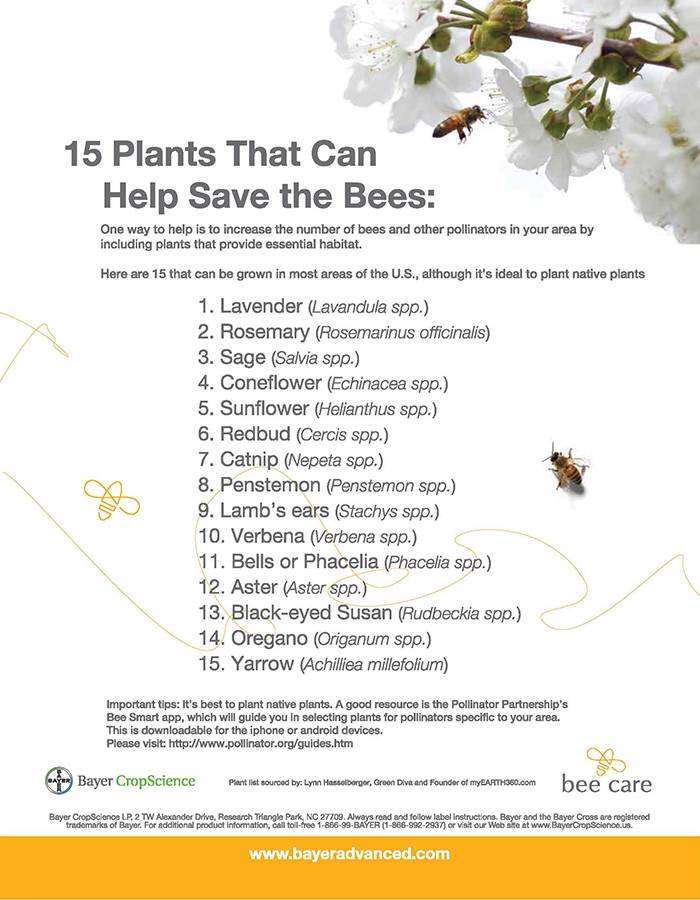Follow these 3 P’s for a Pollinator-Friendly Garden
There’s been a lot of buzz about bees recently as more people voice concerns about declining pollinator habitats.
The interaction between farming and bees is a natural symbiosis because bees feed on pollen and nectar, and many crops need bees for pollination. Pollinators play an important role in keeping your garden healthy and blooming, too.
Interested in promoting pollinator populations for bats, butterflies and bees? You can plant a pollinator-friendly garden by following the three P’s: Plan, Plant and Provide.
PLAN
The first step in planning a pollinator-friendly garden involves surveying the area where you intend to plant flowers. What is the sun and/or shade coverage? What is the soil type? Assessing these conditions helps you select flowers that will flourish. Next, decide what type of pollinators you want to attract based upon the type of flowers that will grow in your region.
The Bee Smart ™ Pollinator Gardener’s app can help narrow the search of which plants to use in your garden based upon regional needs, such as soil, amount of sunlight, preferred type of pollinators and flower color. These planting guides are another resource organized by regions, which will help you begin answering these questions.
When selecting your flowers, choose plants that will bloom from early spring to late fall to ensure a long season of bloom. This will result in a consistent food source for your visitors.
Lastly, plan to choose flowers that offer a diverse set of colors, fragrances and shapes. This will make your garden more attractive for the pollinators you want to visit.
Gardeners’ tip: You can always alter the type of plant you grow. Since you can’t change the soil type and sun coverage, choose the type of flowers the fits your geographic location.
PLANT
Below is a list of 15 plants that can grow in most areas of the U.S. and can help increase the number of pollinators in your area:
Attracting a diverse community of native bee species begins with raising an abundant and diverse garden. When planting, be sure to plant generously throughout your whole garden. Pollinators are more attracted to large groups of flowers versus single plants.
Gardeners’ tip: Bees love blue, purple, white and yellow. Butterflies navigate toward red and purple flowers.
PROVIDE
Once your garden is planted, it’s critical to provide water in addition to the food source. Grassy areas and shrubbery nearby provides a healthy habitat for pollinators’ nesting and egg-laying needs. Improve the forage in your habitat to make native bee pollinators feel welcome.
Monitor the pollinators’ actions and needs. Be knowledgeable and interactive in your garden to satisfy the needs of your pollinators and flowers.
Gardeners’ tip: Post signs to educate the public about your new habitat and encourage others to do the same.
Along with attracting pollinators, did you know you can attract birds and butterflies, too?! Find out how by following these two links:
